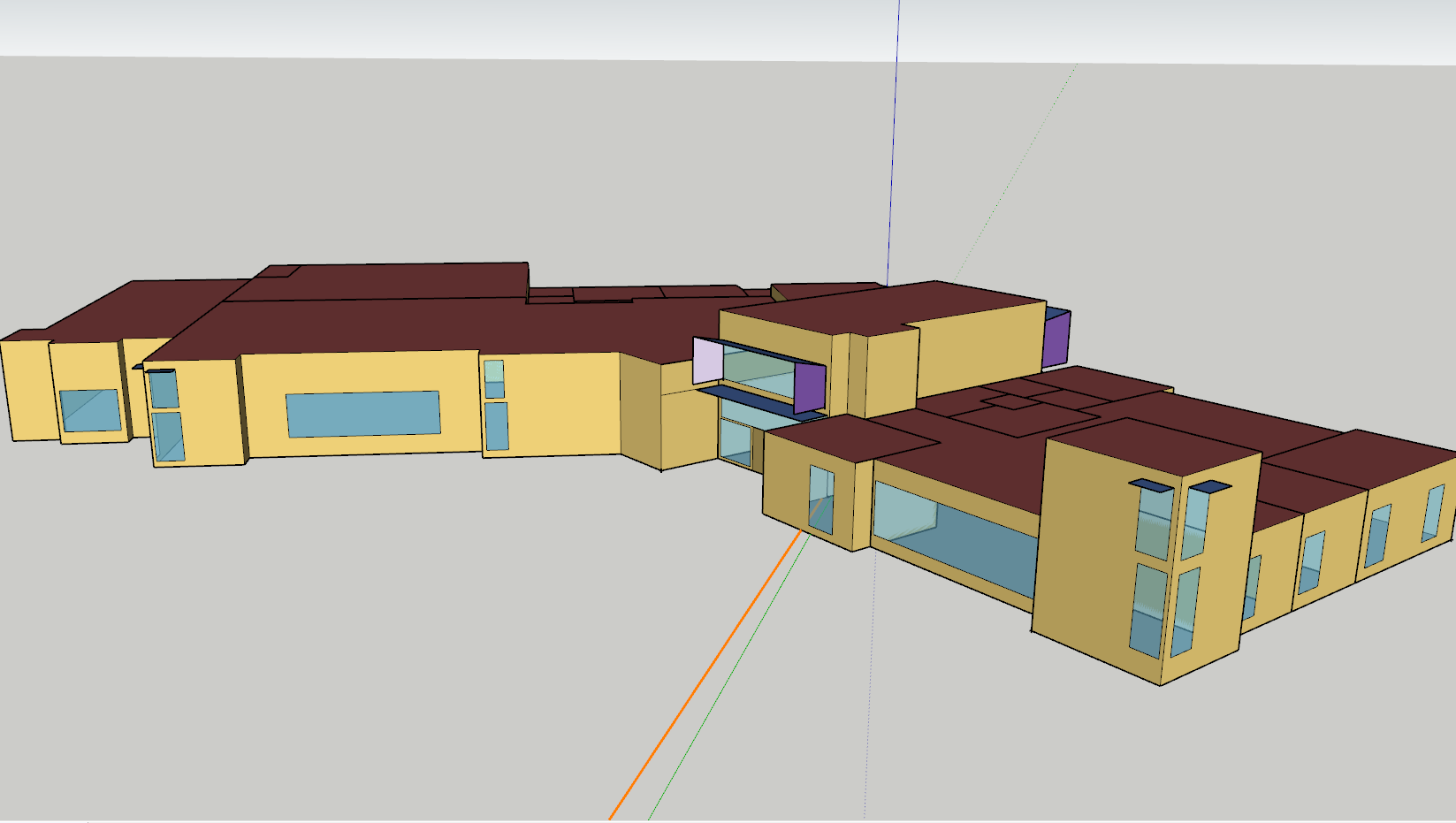Powering Sustainability: Trends and Insights in the Building Energy Simulation Software Sector

In the quest for sustainable development, the Building Energy Simulation Software (BESS) sector stands as a cornerstone of innovation, driving efficiency and eco-consciousness in architectural design and urban planning. These sophisticated software solutions empower architects, engineers, and developers to model and analyze the energy performance of buildings, guiding decisions towards environmentally responsible solutions. Let's delve deeper into the realm of BESS and uncover the latest trends shaping sustainability in the built environment.
The Role of Building Energy Simulation Software: An Overview
Building Energy Simulation Software (BESS) comprises a suite of tools and algorithms that simulate the energy consumption, thermal dynamics, and environmental impact of buildings. By inputting parameters such as building geometry, materials, HVAC systems, and occupancy patterns, these software applications generate detailed insights into a building's energy performance under various conditions. This enables stakeholders to optimize designs for energy efficiency, comfort, and environmental sustainability.
Trends Driving Sustainability in BESS
The landscape of Building Energy Simulation Software is witnessing several trends driving sustainability and innovation. One significant trend is the integration of renewable energy and energy storage technologies into simulation platforms. By incorporating solar panels, wind turbines, and battery storage systems into simulation models, designers can evaluate the feasibility and impact of renewable energy integration on a building's energy performance, helping to accelerate the transition to clean energy sources.
Moreover, there is a growing emphasis on performance-based design approaches, where buildings are evaluated and optimized based on their actual energy usage and occupant comfort rather than relying solely on prescriptive standards. This shift towards performance-driven design fosters a holistic understanding of building performance and encourages innovative solutions that prioritize energy efficiency, indoor air quality, and occupant well-being.
The Benefits of Building Energy Simulation Software
The adoption of Building Energy Simulation Software offers a multitude of benefits for sustainable building design and construction. Firstly, BESS enables designers to evaluate the impact of design decisions on energy consumption and operational costs early in the design process, allowing for informed trade-offs and optimizations. By iteratively refining designs based on simulation results, stakeholders can create buildings that minimize environmental impact while maximizing occupant comfort and satisfaction.
Additionally, Building Energy Simulation Software plays a crucial role in achieving green building certifications, such as LEED (Leadership in Energy and Environmental Design) and BREEAM (Building Research Establishment Environmental Assessment Method). These certifications recognize buildings that meet stringent sustainability criteria, including energy efficiency, indoor environmental quality, and resource conservation. By utilizing BESS to demonstrate compliance with certification requirements, developers can enhance the marketability and value of their projects while contributing to global sustainability goals.
Challenges and Opportunities
Despite the widespread benefits, the adoption of Building Energy Simulation Software is not without its challenges. One common challenge is the complexity of simulation models and the need for specialized expertise to interpret results accurately. Designers and engineers must possess a deep understanding of building physics, HVAC systems, and simulation techniques to effectively utilize BESS and derive meaningful insights from simulations.
Moreover, there is a need for improved data availability and quality to enhance the accuracy and reliability of simulation results. Access to reliable weather data, building material properties, and occupant behavior profiles is essential for robust simulations that reflect real-world conditions. Addressing these data challenges requires collaboration between stakeholders and advancements in data collection and validation techniques.
Conclusion: Driving Toward a Sustainable Future
In conclusion, Building Energy Simulation Software plays a pivotal role in advancing sustainability in the built environment, enabling stakeholders to design and construct energy-efficient, environmentally responsible buildings. By leveraging the latest trends and innovations in BESS, designers can create buildings that not only minimize energy consumption and carbon emissions but also prioritize occupant health, comfort, and well-being. As the demand for sustainable building practices continues to grow, Building Energy Simulation Software will remain a vital tool for shaping a greener, more sustainable future.
- Art
- Causes
- Crafts
- Dance
- Drinks
- Film
- Fitness
- Food
- Jocuri
- Gardening
- Health
- Home
- Literature
- Music
- Networking
- Alte
- Party
- Religion
- Shopping
- Sports
- Theater
- Wellness
- IT, Cloud, Software and Technology


